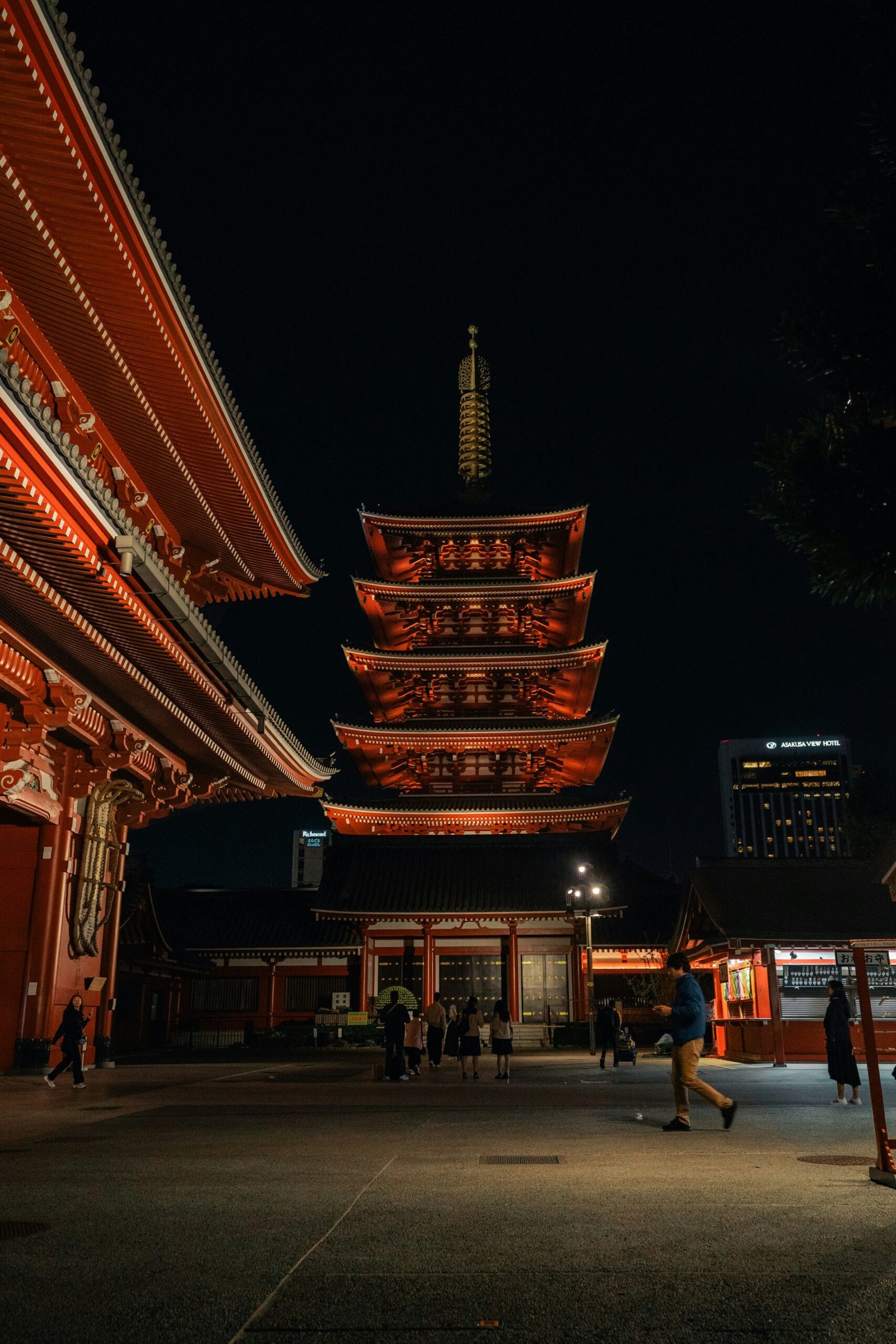Planning Your Trip to Japan
Planning a trip to Japan involves several crucial steps to ensure a smooth and enjoyable travel experience. The best times to visit Japan are during the spring (March to May) and autumn (September to November) seasons, when the weather is mild and the landscapes are particularly beautiful. Cherry blossoms in spring and vibrant autumn foliage offer unique scenic experiences. However, Japan is a year-round destination, with winter providing opportunities for skiing in Hokkaido and summer being perfect for festivals and beach visits.
Before traveling, it’s essential to understand the visa requirements for Japan. Citizens from many countries, including the United States, Canada, and the European Union, can enter Japan visa-free for short stays (up to 90 days) for tourism purposes. However, it’s advisable to check the latest visa regulations on the Japanese embassy’s website as these can change.
Japan’s public transportation system is one of the most efficient in the world, making travel within the country convenient. Major entry points into Japan include Tokyo’s Narita and Haneda airports, and Osaka’s Kansai International Airport. From these hubs, travelers can easily access various regions via the extensive rail network. The Japan Rail Pass (JR Pass) is an economical option for tourists planning to travel extensively by train. It offers unlimited travel on JR trains, including the high-speed Shinkansen, for a fixed period.
Local transit options include subways, buses, and trams, which are punctual and well-maintained. Navigating these systems can initially seem daunting, but clear signage in English and helpful transit apps simplify the process. Learning basic Japanese phrases and understanding cultural etiquette can significantly enhance your travel experience. Simple greetings, thank-yous, and phrases like “excuse me” (sumimasen) are appreciated and show respect for the local culture.
Budgeting for your trip depends on your travel style. For backpackers, a daily budget of around $50-$70 can suffice, covering accommodation in hostels, meals from convenience stores, and local attractions. Mid-range travelers might budget $100-$150 per day, allowing for stays in business hotels, dining at local restaurants, and occasional splurges. Luxury travelers could expect to spend $300 or more per day, enjoying high-end hotels, gourmet dining, and private tours. Proper planning and budgeting ensure that you make the most of your journey in Japan, regardless of your travel style.
Top Destinations and Experiences in Japan
Japan is a country that seamlessly blends ancient traditions with cutting-edge modernity, creating a diverse array of travel destinations and experiences. From the bustling metropolis of Tokyo to the serene temples of Kyoto, each city offers its own unique charm and attractions. Tokyo, the capital city, is a hub of activity with its towering skyscrapers, historic temples, and vibrant neighborhoods. Key attractions include the Meiji Shrine, Senso-ji Temple, and the iconic Shibuya Crossing. The city also boasts an array of themed cafes, bustling markets like Tsukiji Fish Market, and world-class shopping districts such as Ginza.
Kyoto, on the other hand, is a treasure trove of traditional Japanese culture. It is home to over a thousand temples and shrines, including the famous Fushimi Inari Shrine with its thousands of red torii gates, and the serene Kinkaku-ji, also known as the Golden Pavilion. The city’s historic districts, such as Gion, offer glimpses of traditional wooden machiya houses and the chance to spot geishas. Kyoto is also renowned for its tea ceremonies, providing a deep dive into the cultural heritage of Japan.
Osaka, known for its modern architecture, nightlife, and hearty street food, is another must-visit destination. Key attractions in Osaka include the historic Osaka Castle, the bustling Dotonbori district, and Universal Studios Japan. The city’s culinary scene is a highlight, with local specialties such as takoyaki (octopus balls) and okonomiyaki (savory pancakes) that are a must-try for any visitor.
Beyond the cities, Japan’s natural wonders offer breathtaking experiences. Mount Fuji, the country’s tallest peak, is a symbol of Japan and a popular hiking destination. National parks such as Nikko and Hakone provide stunning landscapes, from hot springs to scenic lakes. The countryside, with its picturesque rice terraces and traditional villages, offers a tranquil escape from the urban hustle.
Immersing in Japanese culture is essential, whether through participating in a traditional tea ceremony, soaking in an onsen (hot spring), or attending one of the numerous festivals held throughout the year. Activities like exploring historical sites, visiting themed cafes, and shopping in local markets add to the rich tapestry of experiences.
Japan’s culinary scene is another highlight. From sushi and ramen to street food and Michelin-starred restaurants, the diversity of Japanese cuisine is vast. Dining tips include trying local specialties, exploring food markets, and indulging in kaiseki, a traditional multi-course meal that showcases the season’s finest ingredients.
Traveling in Japan offers a plethora of destinations and experiences that cater to all interests, making it a truly unforgettable journey. Whether you are drawn to its vibrant cities, natural beauty, or cultural heritage, Japan promises an enriching travel experience.
